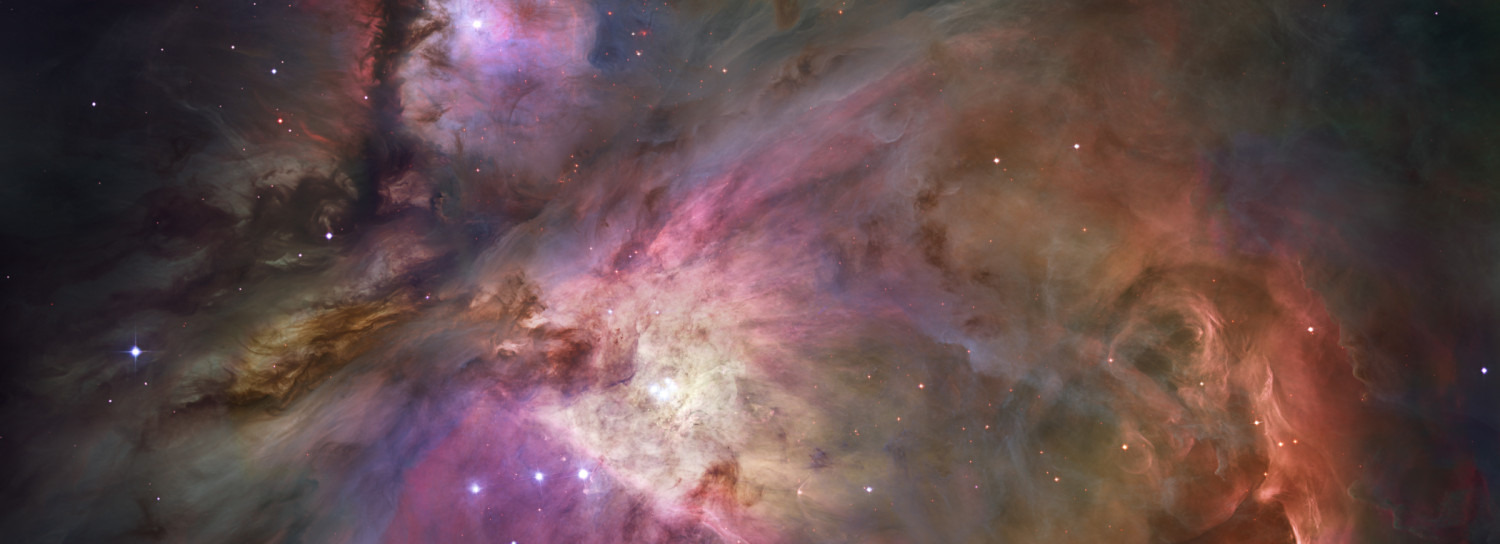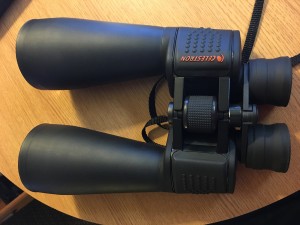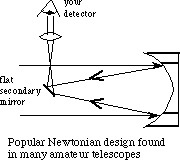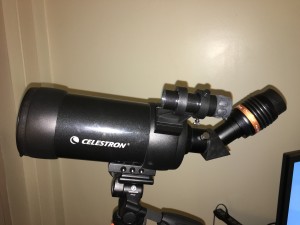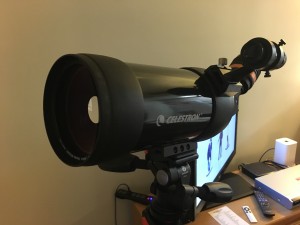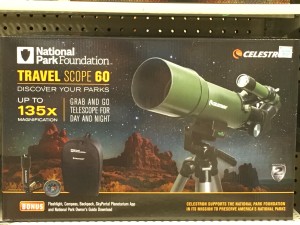Started in what, you ask?
Astronomy. The study of the night skies, and the objects that inhabit it. Welcome to the refined, refocused and reenergized Sommer Nights. I am a true believer that our future as a species lies out there and up there, out amongst the Solar System and beyond. So, while I will of course hold the right to occasionally (key word there) delve into Earth-bound politics, family events, military affairs, etc., I intend to try and keep things focused on the skies above.
First up in subject matter? How does one get started.
The easiest method is of course with you eyeballs. This can be the most rewarding as well, at least if you can get to a dark sky location. Our eyes are a magical piece of biological technology, but they are not that efficient. Only one out of every thousand photons actually registers, and that lack of light gathering power comes out at night. Still, there are a lot of people that get tangled up in dragging their scopes, cameras and computers out at night, program the rig to track an object for hours and snap photos all night long…and never stop to look up at the sky. Yeah, they might get a nice photo, but they might also miss out on the wonder and majesty of it all. Like I said, however, you need a good dark sky location. Your backyard in a mid-size town city will let you see a small fraction of the 5,000 or so visible objects that your eye can actually pick up with your eye. A good resource for finding dark sky sites is the website Dark Site Finder.
http://darksitefinder.com/map/
There are, of course other tools available for viewing the night sky. Binoculars are not just for bird watching. A nice set of high power binoculars, such as these Celestron 15×70 SkyMaster’s can unlock views of the Moon, the planets and even objects such as nebula and galaxies. You don’t have to go as big as I did, even more typical 8×42’s or 10×42’s make for great skywatching. Spend as much or as little as you wish. The Celestron’s can run from $65 to $80 bucks depending on where you find them, sometimes for as little as $50.
Of course you can go straight for the big enchilada, and buy a telescope. There are two main  types, refractors and reflectors. Refractors were the first types of telescopes built. If you have fired a rifle with a scope, you have looked through a refractor telescope. Light passes through one or more lenses that bend the light waves slightly into the eyepiece, and then into your eye. I could get technical, and perhaps will during a later post, but there are both advantages and disadvantages to this type of telescope. The majority of the telescopes sold around the holidays are inexpensive refractors, and this IS a subject we will talk on later.
types, refractors and reflectors. Refractors were the first types of telescopes built. If you have fired a rifle with a scope, you have looked through a refractor telescope. Light passes through one or more lenses that bend the light waves slightly into the eyepiece, and then into your eye. I could get technical, and perhaps will during a later post, but there are both advantages and disadvantages to this type of telescope. The majority of the telescopes sold around the holidays are inexpensive refractors, and this IS a subject we will talk on later.
Reflectors and their variants are the other major type of telescopes out there. A reflector uses a parabolic mirror to gather and focus light to a single point, in most commercial telescopes another mirror that then sends the light through the eyepiece. Like refractors, there are both disadvantages and advantages to reflectors, especially at the amateur level.
Both of the telescopes I own are reflector variants called Cassegrains. Light passes through a lens, reflects off the parabolic mirror, back towards the front of the tube and then off the secondary mirror to an opening at the back of the telescope. It is an efficient design, and allows for easy attachment of sensors, like a camera. Here are shots of my smaller 90mm Celestron Mak-Cass.
I mentioned holiday time telescopes. Department store type scopes, even if the come from name brands, tend to be something to avoid. They are cheap for a reason, typically built with low quality glass, mirrors and components. A sure sign of trouble is if the advertise their “magnification factor” in big bold letters like on the Celestron box below. Now I own TWO Celestron telescopes; they are a leading brand and typically high quality. That doesn’t mean that they can’t fall pray to consumer oriented packaging. The scope show here is a smaller version of what I own above, a small spotting scope. It is probably a decent piece of equipment for a small starter scope that you might find in hobby shops, and is probably vastly better than the one’s you would find in the big box stores around Christmas time.
Like binoculars, you can spend as much or as little as you like on a telescope. The little C90 I have here is about $199 for the tube, an eyepiece and a carrying bag. You can spend a LOT more than this if you pursue this as a hobby, however. Tens of thousands of dollars depending on the scope, and if you add on cameras, computerized tracking…one last rule of thumb if you want to buy one.
DON’T start big. Scopes and mounts can be complex. If you get lost in the technical aspects of operating your computerized, GPS equipped mount, you might just get frustrated enough to not even bother with it. No, buy quality, but don’t overspend. Make sure you learn the sky visually before you try to learn it via programming.
I think that is enough for tonight. Over the next few weeks and months I’ll go deeper into the types of telescopes that are out there, options on where to purchase, what sort of materials you might need to navigate the night sky, targets of interest, and the beginnings of how to image what you are seeing through the eyepiece.
Clear skies!
